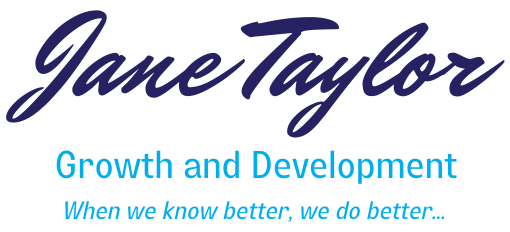Rediscovering the Fascia and Self-Myofascial Release

A bit over a year ago (August 2023), I heard Jill Miller speak on a podcast about pain. She sparked my interest, so I delved deeper. has developed a range of self-care tools to massage parts of the body. Many years ago when I was a professional athlete, I used a variety of different tools to massage parts of my body. I wasn’t really a fan of them, as most of them hurt, however I investigated further as what she had created seemed a little different.
What is Fascia?
Fascia is both a tissue and a system. In the Roll Model book by Jill Miller, she defines the fascia as –
“the fibrous and gelatinous bodyside web that forms the body’s living seams, protection and repair system. It is the soft-tissue scaffolding that gives the body its form and shape. It links the muscular proteins and other connective-tissue structures like bones, ligaments and tendons to one another.” (p.415).
If you want to read more detailed definitions of the fascia and the fascia system, click here.
The 3 Main Categories of Fascia –
Since 2019, there has been 3 main categories of fascia and according to Miller (2014) they are –
- Superficial fascia – is usually found directly below the skin, has a springy, spongy texture and often defines a person’s physical shape,
- Deep fascia – is highly organised and found surrounding muscles or thickened tendon layer, and,
- Loose fascia – is not able to be categorised as superficial or deep and is found as the intervening connecting layer between superficial and deep.
You can watch more in the following clip –
What is Myofascia?
Simply – Myofascia = Myo (muscle fiber) + Fascia (the fascial wrappings holding the muscle fibers together to form a muscle). Miller (2014) writes that –
“Myofascia refers to the familiar-named muscle structures along with their associated interpenetrating fascias. For example, your biceps is a myofascial structure, as is your gastrocnemius (calf muscle). There is no muscle that does not have fascia winding its way throughout every layer of its cells and fascicles and surrounding its whole structure. Therefore, while we are in the habit of talking about muscles, the terms myofascia and muscle can be used interchangeably.” (p.104).
And in case you were wondering what the difference is between myofascia and fascia – fascia can exist without being a part of a muscle…but a muscle cannot and does not exist without its “myofascia.”
What is Myofascial Release?
The concept of Myofascial release started with the founder of Osteopathy Andrew Taylor Still and his early students and evolved over the years. John Barnes describes myofascial release as –
“a safe and very effective hands-on technique that involves applying gentle sustained pressure into the Myofascial connective tissue restrictions to eliminate pain and restore motion. This essential “time element” has to do with the viscous flow and the piezoelectric phenomenon: a low load (gentle pressure) applied slowly will allow a viscoelastic medium (fascia) to elongate.”
Myofacial release can be done with a trained therapist as well as individually, which is called self-myofascial release (SMFR). SMFR is what I am going to focus on.
Many years ago when I was a professional athlete, I used a variety of different tools to massage parts of my body. I wasn’t really a fan of them, as most of them hurt and given I am sensitive added stress to my nervous system (I didn’t realise that at the time though). However, when I investigated further about Jill Miller and what she had created they seemed a little different, so I tried them and am now a certified Roll Model practitioner.
What is the Roll Model® Method?
The Roll Model® Method is a self care practice. It is a form of self-myofascial release which uses grippy, pliable rubber balls to allow you to self-treat and massage areas in your body that are feeling tight, sore or just uncomfortable and lacking ease of movement. Some of the benefits of the Roll Model® Method include –
- Relieving aches and pains,
- Enhancing breathing function,
- Increasing mobility and energy levels,
- Reducing stress,
- Improving posture and performance.
You can see more in the following clip…
What Have Been Some Benefits for Me?
Since I have started using the yoga tune-up balls, two of the main benefits have been –
- Having a practise that I can do pretty much anywhere, that decreases my stress levels by taking me in to my parasympathetic nervous system and relaxes me, as well as
- Waking up different blind spots within my body and decreasing pain within my body.
I am also a work in progress, so imagine things will change over time as well.
Over to You…
I hope this post has given you some insight in to the fascia as well as self-myofascial release. If you have any questions or comments, please share them below. Also – I am now running classes and workshops using the Roll Model Method, so please contact me if you would like to know more.
Reference –
Miller, J. (2014). The Roll Model: a Step-by-Step Guide to Erase Pain, Improve Mobility, and Live Better in Your Body. Las Vegas, USA: Victory Belt Publishing.
